08 May 2019
While often termed differently, muffin top, belly fat and spare tire are all essentially the same thing – excess abdominal fat. No matter what it’s called, it can be a frustration for many men. One of the most difficult areas to slim, the abdomen contains two types of fat which each require different tactics to tone the area. We asked Brent Wilson, a registered dietitian at INTEGRIS, Health to share his advice on how the spare tire affects men and what can be done to get rid of it once and for all.
Fat around the stomach and waist can be caused by a variety of factors. “The spare tire is excess body fat stored around the midsection when our calorie balance is off,” Wilson explains. Caused by an imbalance between calorie intake and output, poor diet and insufficient activity are the main culprits of belly fat.
Inactivity during the day, worsened by sitting at a desk or in front of the television for long periods of time, is also a large contributor to one’s spare tire. Even stress can be a factor as it can impact the hormones that create fat.
 Visceral Fat
Visceral Fat “Subcutaneous fat hibernates just beneath your skin and you can grasp it with your fingers,” Wilson says. “Visceral fat stows away deep in your abdomen around your organs.” These organs can include your intestines and stomach. Visceral fat is more dangerous than its subcutaneous counterpart as it can produce cytokines, or inflammation, that can damage those organs.
Health risks commonly go hand-in-hand with the spare tire. “Excess belly fat increases your risk for high blood pressure, cholesterol, triglycerides and metabolic syndrome,” Wilson explains. The chemicals created by excess visceral fat can increase the risk for heart disease or diabetes. As men age, it becomes more important to exercise regularly as their bodies tend to lose muscle mass more easily.
When it comes to shedding the spare tire, lifestyle changes must be made. “Ultimately, it comes down to the decisions we have to make on a daily basis,” Wilson says. He explains these decisions become increasingly more difficult to make due to the convenience of highly processed foods that include substantial amounts of fat, sugar and calories. Combined with the typical low level of activity required by many jobs, it becomes more important to make conscious decisions to be physically active.
He explains these decisions become increasingly more difficult to make due to the convenience of highly processed foods that include substantial amounts of fat, sugar and calories. Combined with the typical low level of activity required by many jobs, it becomes more important to make conscious decisions to be physically active.
The first step toward eliminating the spare tire is to set healthy and reasonable goals. Shedding abdominal fat takes time and should not be treated as a race. So, how do you track your progress? The number on the scale doesn’t always represent the amount of fat and muscle mass a person carries, making it a less than optimal choice for measurement. Many people prefer to track their Body Mass Index (BMI), although Wilson advises against this. Instead, he opts for a more specific source of measurement.
“The BMI will ultimately give you a general idea of where your weight should be; however, it can be misleading as it doesn’t take muscle mass into account,” he says. “The best thing would be to have your body fat percentage tested and retested after a few months of implementing physical activity and healthy eating.” The INTEGRIS Health Weight Loss Center provides several options for both surgical and non-surgical weight loss services, including seminars and assistance with nutrition.
“The best thing would be to have your body fat percentage tested and retested after a few months of implementing physical activity and healthy eating.” The INTEGRIS Health Weight Loss Center provides several options for both surgical and non-surgical weight loss services, including seminars and assistance with nutrition.
It is also important to set a healthy daily calorie goal. “Ultimately, we need to lower our calorie intake,” Wilson says. “I would encourage keeping a food log to identify where the most calories are coming from in your diet. Then, try replacing high calorie food and beverages with lower calorie options.” He suggests the app MyFitnessPal as a way to track your dietary choices.
When exercising to burn belly fat, it’s important to create a healthy mix of cardio and strength training. When targeting the spare tire, especially if you don’t go to the gym on a regular basis, you should start slowly. Wilson suggests beginning by walking or cycling and slowly increasing the duration and intensity of cardio. Make sure to include stretches in your routine to keep your muscles limber and limit soreness. He advises setting a goal of 150 minutes of physical activity per week.
Make sure to include stretches in your routine to keep your muscles limber and limit soreness. He advises setting a goal of 150 minutes of physical activity per week.
When it comes to choosing between cardio and weights, he says “both can be effective if used properly. The key is to get your heart pumping, so you can start burning the fat stored around the belly. Cardio is great at this. Weights can also work well, as long as you are keeping your heart rate elevated. Rather than resting in between sets of weight lifting, try using your rest time to keep your heart rate up with things like rowing, walking, or cycling.”
Stay committed to your exercise goals by creating a workout calendar or setting a joint fitness goal with your friends or family. For those who need to set a specific time to work out or thrive on extroverted activities, try joining a group fitness or boot camp style workout.
A healthy diet is the perfect complement to your new exercise regime. It can also be the most difficult part of the process. Essentially, it’s important to choose lower calorie options, skip processed foods, limit sugar and practice portion control.
It can also be the most difficult part of the process. Essentially, it’s important to choose lower calorie options, skip processed foods, limit sugar and practice portion control.
“Choose lean protein sources such as eggs, nuts, fish and chicken,” Wilson recommends. “Increase your intake of fruit and vegetables, which contain fewer calories per cup than most other foods. The fiber in them will keep you feeling full for longer so you take in fewer calories throughout the day.”
It is vital that men strive to achieve a healthy lifestyle as they age. Eliminating the spare tire is a crucial factor in the process of lowering health risks and staying in good physical shape. Contact an INTEGRIS Health physician today to assess your health needs.
Share this page
Previous Next
Are you frustrated by that spare tire around your waist? It’s not uncommon to grow one as you get older, especially as women approach menopause and, for men, andropause.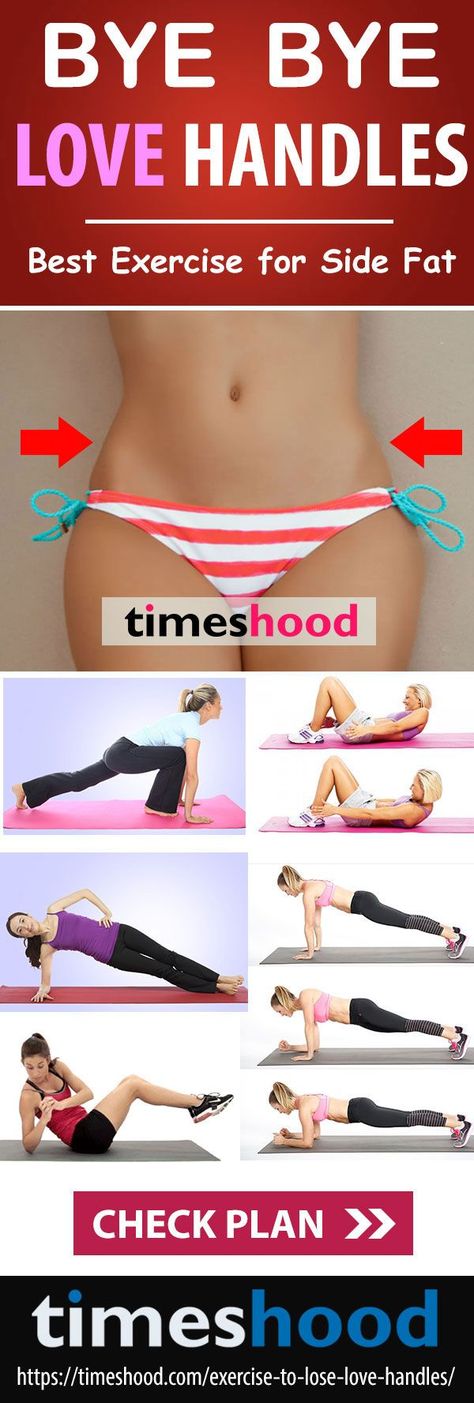
Nobody likes the feel of belly fat hanging over their jeans, but it’s the visceral fat that we need to worry about. Visceral fat coats our organs and is associated with a higher risk for diabetes and cardiovascular disease. Belly fat is ugly but the visceral fat is actually dangerous, and both are brought on by high insulin levels.
Two hormones, insulin, and cortisol are the culprits when it comes to belly fat. Today I’ll discuss how insulin causes belly fat and three things you can do about it. Next week, in Part 2, you’ll learn about how cortisol, the stress hormone plays a role.
Insulin is the hormone that is produced by the pancreas when it senses an increase in blood sugar from the food you eat or the stress you experience (yes, stress increases blood sugars — more on that next week).
Insulin then takes sugar out of your bloodstream and, when the system is working correctly, shuttles it into your cells to burn as fuel that gives you energy. If there is too much blood sugar circulating in the bloodstream, the cell walls shut down and no longer respond to insulin.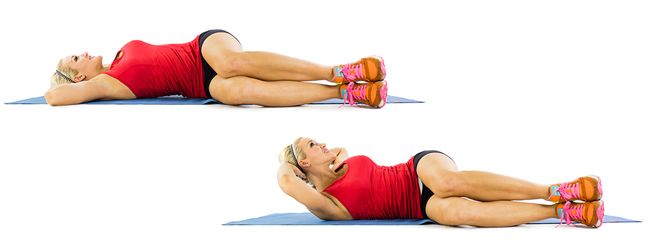
Any blood sugar that cannot be absorbed into the cell immediately gets turned into fat.
Here’s how it works. Your optimal fasting blood sugar level should be less than 100ng/ml, which is equivalent to 1 heaping teaspoon of sugar. That’s how much sugar should be circulating in your blood at any given time. Can you see why the 10 teaspoons of sugar in a 12oz soda is so harmful? And packs on the belly fat? As does that second (or third) glass of wine and regular cookies and candy.
So when blood sugars are chronically high, and the cells can’t take it in, they stop responding, and insulin builds up around your waist. Eventually, usually over an average of ten years, the pancreas starts to shut down because it constantly gets the message from the pancreas that there is plenty of insulin. This is how you could develop Type II Diabetes.
As you may have guessed, keeping insulin levels low is the key to reducing belly fat and preventing adult-onset diabetes.
Here’s what to do to keep your insulin levels low:
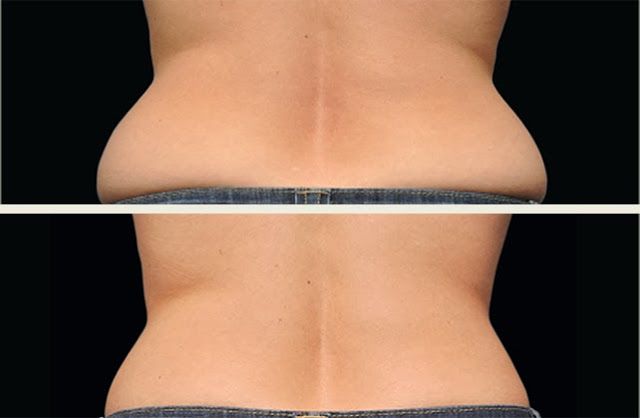 The best form is regular, moderate to high-intensity exercise, including interval training, several times a week to keep insulin low.
The best form is regular, moderate to high-intensity exercise, including interval training, several times a week to keep insulin low.In addition to the lifestyle recommendations, there are specific supplements that are very helpful in reversing insulin resistance:
 Combining the 1 Metabolic Synergy with 1000mg Omega TG per meal is a potent combination.
Combining the 1 Metabolic Synergy with 1000mg Omega TG per meal is a potent combination.Ask your doctors to test your fasting insulin levels along with your A1C, which is a three month average of your blood sugars. These two tests are the most helpful when it comes to reversing high insulin.
Try your insulin lowering program for three months and then retest to track your progress.
Good luck and BeWell!
Monica
P.S. If you’re ready to address your weight and insulin levels, and to change to a healthier lifestyle, consider working with us to create an individualized program for you. Get started with a Free 15-Minute Consultation.
Page load linkGo to Top
The shape and type of our belly can be determined by various factors, each of which has its own characteristics.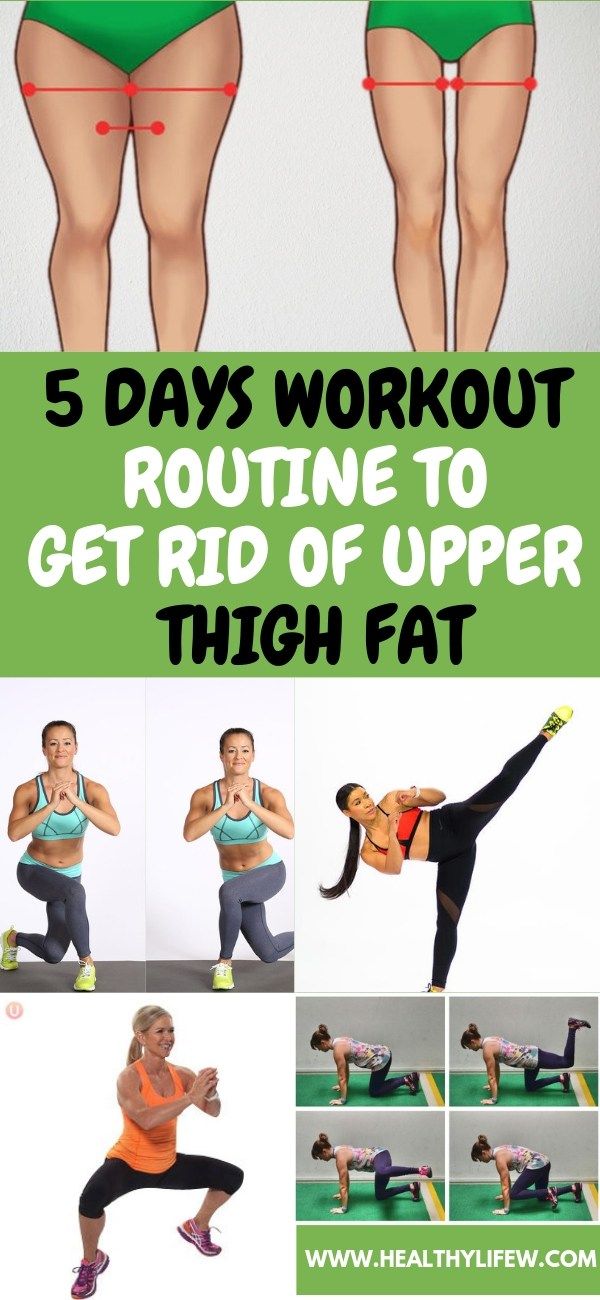 .. we will take one of its parts, I must say, the most problematic - belly .
.. we will take one of its parts, I must say, the most problematic - belly .
And despite the fact that everyone tends to have extra layers of fat in the waist area, they are distributed in completely different ways, thus determining the shape of the abdomen, and you can also get rid of them with the help of various measures.
If you still don't know what type your stomach is and how to make it flatter, then our today's article is for you: in it we will talk about the types of the stomach and share useful tips on how to remove it.
). It consists of several large folds, resembling car tires stacked on top of each other.
Bad habits: So, as we just said, these people do not bother themselves with physical activity, consume a lot of sweets, flour products and foods containing sugar (that is, they eat high-calorie foods).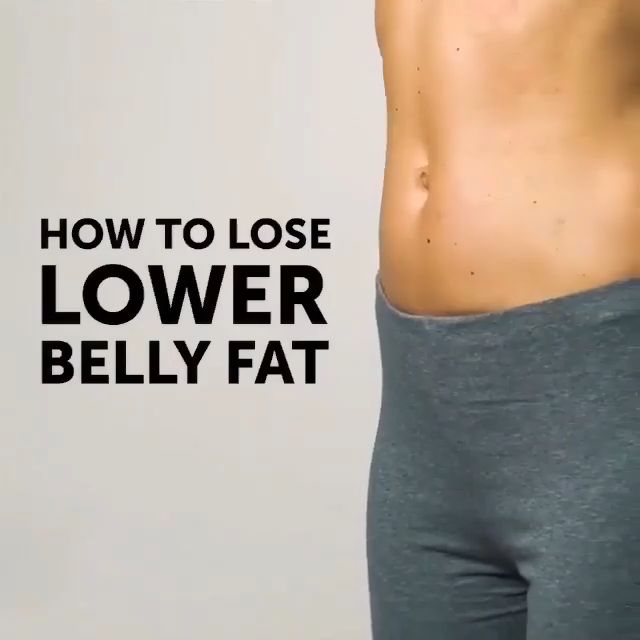
And most likely, in addition to an increase in their abdomen, they also notice an undesirable increase in volume and weight in the legs and hips.
Tips on how to get rid of such a belly:

The so-called "stress" type of belly is inherent, as a rule, in very responsible people, perfectionists.
Often, in addition to the bulging belly, such people are also worried about irritable bowel syndrome , which in turn provokes swelling and bloating, and the picture only worsens.
Bad habits : due to their constant busyness and desire to do everything, such people often skip necessary meals and prefer fast food, soda and caffeinated drinks.
Tips on how to get rid of such a belly:
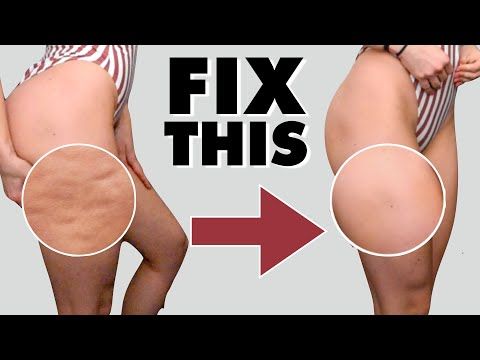 So the hormone leptin returns to normal, and it is responsible for regulating appetite and metabolic processes in the body.
So the hormone leptin returns to normal, and it is responsible for regulating appetite and metabolic processes in the body. This type of abdomen is most common in women who have recently given birth to a child and, due to various circumstances, cannot take care of themselves, devoting all the time to the baby.
It will take at least 6 weeks to get back to your normal weight and figure, so don't be discouraged if you don't manage to do it sooner and don't try too hard.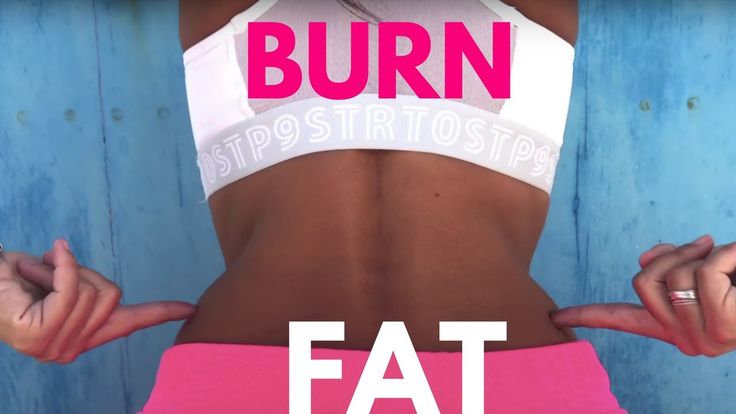
Bad habits: immediately after giving birth to return to the usual rhythm of classes and training, constantly experience stress due to the fact that it is not possible to quickly restore normal weight, neglect the diet after childbirth during the period of feeding the child.
Tips for dealing with such a belly:
"Bloated" bellies are usually quite flat in the morning, but increase in size during the day due to the accumulation of large amounts of intestinal gas and indigestion.
This problem is familiar to almost everyone, both thin people and ladies suffering from overweight, , since it is rather associated with poor digestion, intolerance to certain foods and allergic reactions of the body.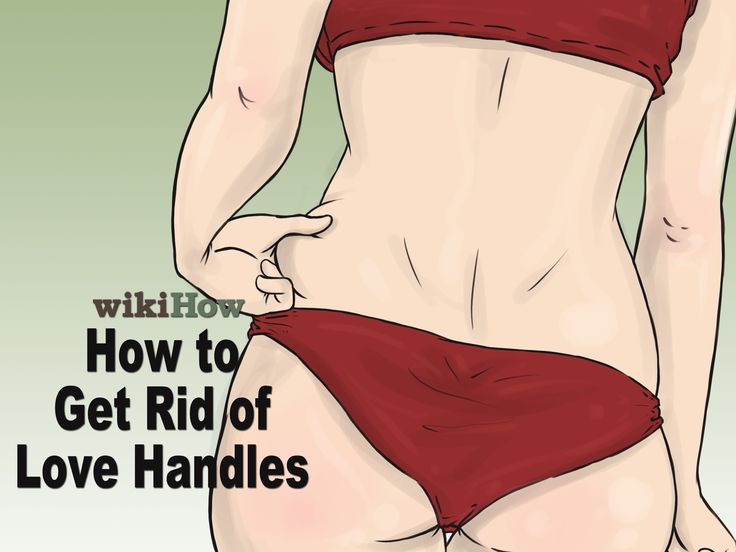
Bad habits : eating certain foods despite the negative reaction of one's body, chewing food badly.
Tips on how to get rid of such a stomach:
P.S. And remember, just by changing your consumption, we are changing the world together! © econet
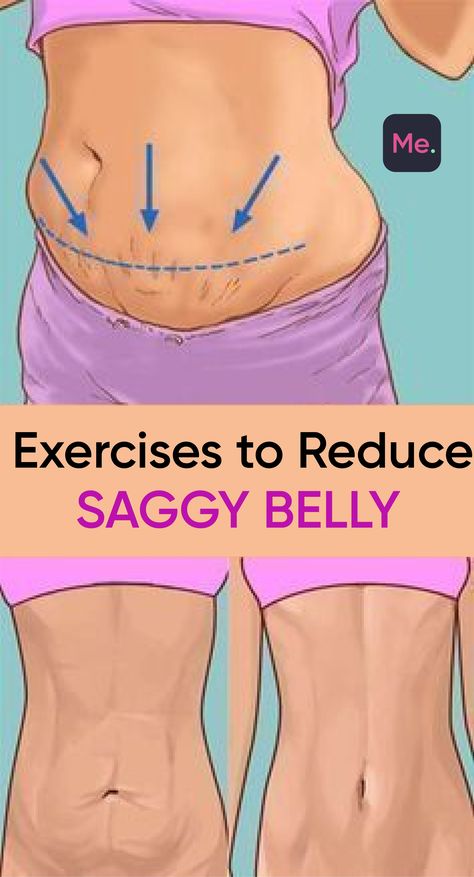 A new revolutionary approach to nutrition. No restrictions, no rules, no diets
A new revolutionary approach to nutrition. No restrictions, no rules, no diets Accept your genetic program. A person with a forty-first foot size will not realistically expect that the foot will shrink to thirty-ninth. It is also pointless (and unpleasant) to expect the same from the size of the body. But most importantly, respect your body so that you can treat yourself better. It's hard to let go of the diet mentality if you're unrealistic and overly critical of your body shape.
Increased attention to the body breeds anxiety about it, which in turn breeds nutritional anxiety, which fuels the diet cycle. So what to do - just forget? Crawl into a dark cave, hide from the world and eat everything you see? No. But while you are at war with your own body, it is difficult to come to terms with yourself and food. Because with every disdainful look in the mirror, The Nutrition Instructor gains momentum, and with it comes vows of yet another diet.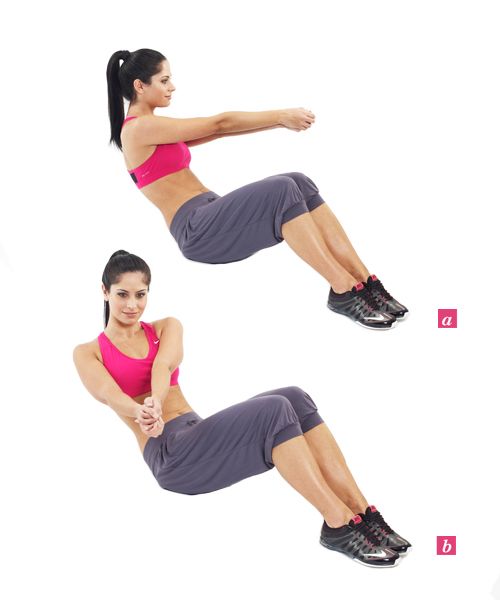
Did all this self-hatred because of your own body help you? Did your preoccupation with imperfect body parts help you get slimmer, or did it just make you feel worse? Does self-flagellation decrease your weight every time you step on the scale? We have yet to come across clients who would say that such a negative focus on one's own body is useful. Research shows that the more you obsess over your own body, the worse you feel about yourself.
It's hard to avoid playing body torture when the whole country is playing it. In the name of fitness, a slender and fit form has become the bodily ideal of our time. Self-proclaimed fitness gurus insist that you can "sculpt" the body as if it were a piece of clay, as if you can change the genetic form by puffing on aerobics. We are strong believers in fitness and recognize the health benefits of exercise, but we feel the need to expose unrealistic expectations. There is an opinion in the scientific community that it is impossible to lose weight in parts (remove fat from only one specific place).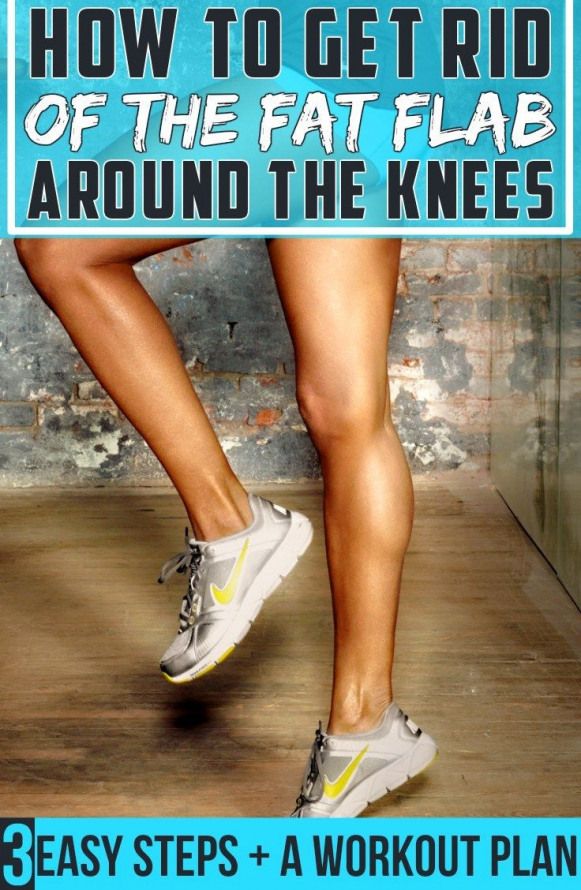 How then to sculpt the body, working on specific parts of it? Yes, you can build specific muscles through strength training. Yes, it is possible to lose total fat mass through aerobic exercise. But it is impossible to personally choose where to remove fat. This way you can only build muscle under layers of fat - but this is not the concept of body sculpting that sits in the minds of most. A lot of the clients we talk to go for shaping in the hope of cutting fat like a chisel.
How then to sculpt the body, working on specific parts of it? Yes, you can build specific muscles through strength training. Yes, it is possible to lose total fat mass through aerobic exercise. But it is impossible to personally choose where to remove fat. This way you can only build muscle under layers of fat - but this is not the concept of body sculpting that sits in the minds of most. A lot of the clients we talk to go for shaping in the hope of cutting fat like a chisel.
The fashion world has also shaped the ideal look for women based on different versions of thinness - from Twiggy[3] of the sixties to the incorporeal image first embodied by supermodel Kate Moss. Even fat fashion turns out to be too skinny by medical standards. When Guess was asked to model Anna Nicole Smith, she hit all the fashion and news headlines because she was "big". In fact, her weight was on the lower limit of the ideal, according to the height-weight parameters for US residents 1990 years! If normal weight is considered "large", then what does this say to the average woman? This is unlikely to stimulate healthy expectations in relation to the shape of one's own body.
If the ideal type of the female body fits into the tiny gap between athletic gutta-perchie and fashionable incorporeality, then most bodies don't stand a chance. Not surprisingly, body dissatisfaction has become the norm in this country. We’re constantly told that if they can do it, then you can too—just try your best (after all, even if you’re slim, you can always get slimmer). Given these standards, it's no surprise that women and more and more men are at war with their own bodies. Whether you are a man or a woman, fat is considered the enemy.
There is no doubt that the mass media, advertisers, the fashion industry, the beauty industry, and many, many more contribute to the unrealistic propaganda of thinness. We could resent and point the finger at the reasons leading to an increase in dissatisfaction with our own body. Yes, there are myriad cultural factors that lead to unrealistic body expectations. But we want to skip the cause and effect analysis and instead focus our energy on overcoming body preoccupation.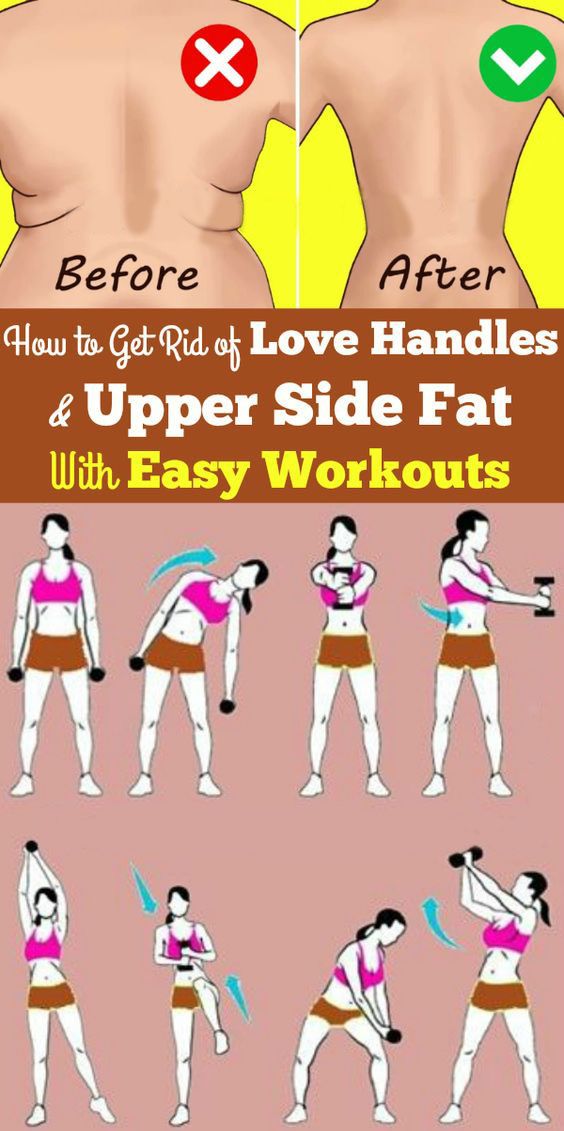 In addition, many good books have been written on this topic (see the list of references at the end of the book).
In addition, many good books have been written on this topic (see the list of references at the end of the book).
Most of our clients are simply experts at being overly critical or self-loathing. And putting an end to body fixation and self-hatred is not an easy task. Most of us don’t even know how to accept compliments, let alone the idea of accepting our own body. We have found that our clients simply do not have the idea of taking their own body as a starting point. They were afraid that if they accepted the current size of their body, then this would mean agreement, that they had given up, and would become even larger. It's one thing to lose a bodyweight fight, but giving up the fight completely is the ultimate defeat. At least there is honor and dignity in continuing the struggle. Also, our clients have stated that the very thought of adopting a body smacks of hypocrisy. After all, they sought our help precisely because they did not accept their current bodies - they wanted change.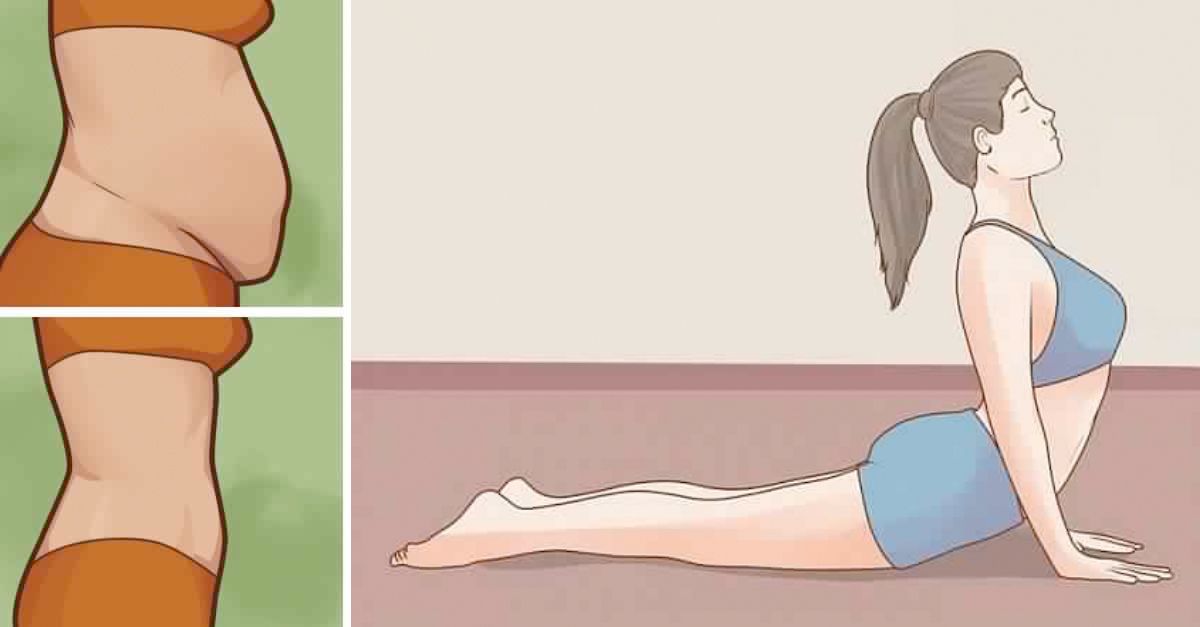
Paradox! Our experience has shown that if you want to achieve a natural ideal weight, then you need to let go of yourself, put weight loss in the basement oven and treat your own body with respect.
Remember: repetitive diets and a contemptuous attitude towards your body did not help - in part they are what led you to the current state. Obsessed with hating your body, it's too easy to deny yourself the good things, waiting until you get a body that more deserves it. Many aspects of your life are literally weighed down by this attitude. “I will join a health club when I lose ten pounds,” “I will go on a special vacation when I reach my target weight,” “I will start dating friends when I lose a little weight,” and other empty promises. And life in these periods is empty.
Body image specialist and psychologist Judith Rhoden observes in her book Body Traps: “To take care of yourself, you don't have to lose weight first. In fact, the process begins exactly the opposite!” We've also found that if you're willing to make losing weight a secondary goal and respecting your body as a primary goal, then this will help you move forward.
We are not talking about neglecting the body - on the contrary, we encourage you to respect and appreciate it. This does not mean throwing out a white flag. This does not mean that you should neglect your health. In fact, respect for the body means taking care of your health. There is a growing movement that emphasizes health over weight. It's called Health in All Dimensions (ZVR). Instead of focusing on numbers (weight), the focus is on healthy lifestyles and behaviors. For example, physical activity is vital for everyone's health. Yes, slender people may decide that they have no reason to be physically active as long as their body weight is considered normal. To learn more, see Health in All Dimensions.
Respect and appreciation for one's own body is the beginning of reconciliation with one's body and genetics. This is probably the hardest one. If you can shift your priorities to making peace with food and your body (become an intuitive eater, or as they say, an intuitive eater), it will allow you to let go of yourself.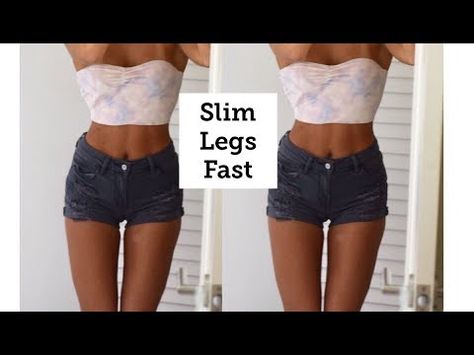 Otherwise, a constant tug of war awaits you.
Otherwise, a constant tug of war awaits you.
Feeling panicked at the thought of respecting your body is normal. But following this principle will allow you to go through the steps of intuitive eating with much greater ease. Ironically, we have observed a noticeable difference between our clients who have learned to respect their own bodies and those who have not. Those who managed to get to the place of respect for their own body were distinguished by great patience in the process of mastering intuitive eating. This patience allows them to expand the field of experimentation and move forward faster.
Those who fail to respect their bodies often get stuck in conflict. Feeling self-hatred, they struggle with a strong desire to go on a diet and "just lose weight." At times, they calm down when they master a new stage of intuitive eating. So they rush between conflicting feelings. However, these moments of peace give them hope to continue to apply the method of intuitive eating.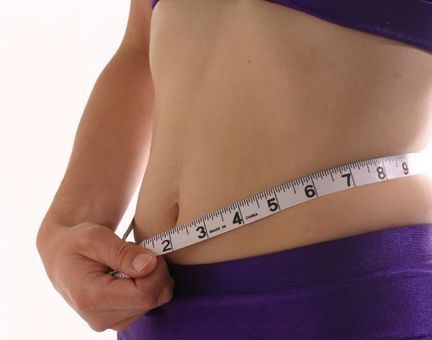
We have chosen the word "respect" as the starting point for dealing with bodily problems. Most of our clients find it difficult to start from this point. Just keep these points in mind, they will make it easier for you to accept the idea of respect for the body: you do not have to love every part of your body in order to respect it. Respecting your body means treating it with dignity and meeting its basic needs. Many of our clients have more respect for their pets than their own bodies - they feed them, take them for a walk and are kind to them. Finally, if you are someone who uses food to deal with emotions throughout your life, your current body shape may be a reflection of how you took care of yourself when you knew no other way. Rather than devalue the results of this coping mechanism, respect yourself for surviving.
Respect for one's body is a key turning point in becoming an intuitive eater. It is not simple. In our culture, there is a prejudice against large body sizes, while appearance is at the forefront. It is important to acknowledge these prejudices, because it can seem like you are like a salmon swimming against the current of the cultural norm. After all, it's all around us in covert and overt forms, from skinny actresses in diet shake commercials to flashy magazine covers like the People magazine headline: "Diet. Winners and losers of the year: here are leggings on who got better, who pumped up and how they did it. It takes a conscious effort to break away from this social norm. If the desire for a slim body does not become right just because it is declared a social norm!
It is important to acknowledge these prejudices, because it can seem like you are like a salmon swimming against the current of the cultural norm. After all, it's all around us in covert and overt forms, from skinny actresses in diet shake commercials to flashy magazine covers like the People magazine headline: "Diet. Winners and losers of the year: here are leggings on who got better, who pumped up and how they did it. It takes a conscious effort to break away from this social norm. If the desire for a slim body does not become right just because it is declared a social norm!
Walk in respect for the body in two ways: first, make it comfortable, and second, satisfy its basic needs. You deserve to be comfortable. You deserve to have your basic needs met. That is, the more unhappy you feel, the more unhappy you will be.
Consider the following basic principles of respect for the body:
• my body deserves to be fed;
• my body deserves decent treatment;
• my body deserves comfortable clothing in the style I'm used to;
• my body deserves to be touched with love and respect;
• my body deserves ease of movement.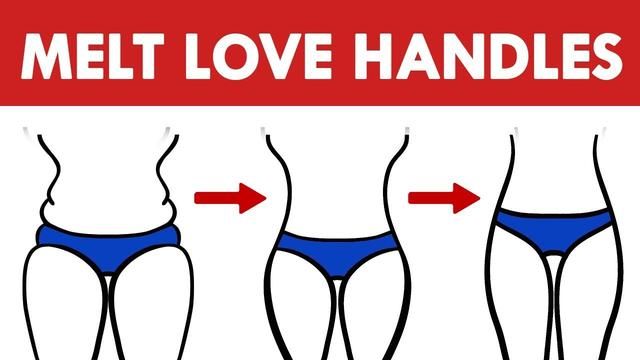
Let's see how you can show more respect for your body (and yourself). This is easy to understand, but much more difficult to apply. The following ideas and tools have helped our clients start a new relationship with their bodies.
Make yourself comfortable . Let's get personal here. When was the last time you bought new underwear? Do not laugh. Too often, we come across clients who feel like they don't deserve new underwear (let alone new clothes) until they reach a certain weight or clothing size. Think about what this means at a basic level. Wearing panties and a bra that constantly cut in or out is very uncomfortable. How can you feel comfortable in your own body when it is constantly pulled together by an unpleasant reminder? How can you relax when your body is constantly cutting or squeezing an ill-fitting outfit? Even an old car needs new tires. At first, you can, of course, chuckle at the ease of dressing up, but for many of our clients, this has had a significant impact.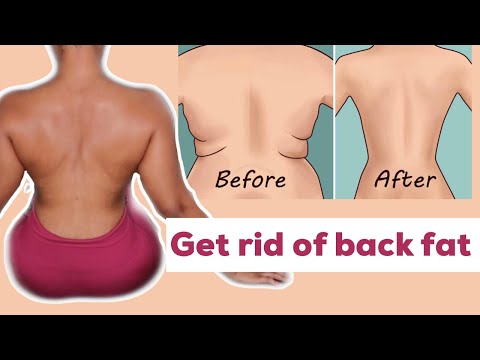 “I just gave birth a few months ago. The "pregnant underwear" was ridiculously large, but the regular ones were too tight. It constantly reminded me that I was too fat. I felt miserable until I splurge on underwear of the right size. The funny thing is, I didn't want to spend the money, even though I forked out on a bunch of weight loss programs that didn't work. I was amazed at how a simple act can make me feel so much better.”
“I just gave birth a few months ago. The "pregnant underwear" was ridiculously large, but the regular ones were too tight. It constantly reminded me that I was too fat. I felt miserable until I splurge on underwear of the right size. The funny thing is, I didn't want to spend the money, even though I forked out on a bunch of weight loss programs that didn't work. I was amazed at how a simple act can make me feel so much better.”
Cassandra is in her fifties. She hadn't bought herself new bras in years. (The ones she had were very high quality and very expensive, so they lasted a long time.) Unfortunately, the underwire in the cups jagged and scratched her, but she didn't think she deserved to buy new bras until she lost weight. However, every day I felt miserable. Her first step towards respecting her own body was the purchase of new bras and tights. She realized that wearing excruciatingly tight underwear wasn't going to speed things up. When she felt freer in new clothes, she was able to relax more in food.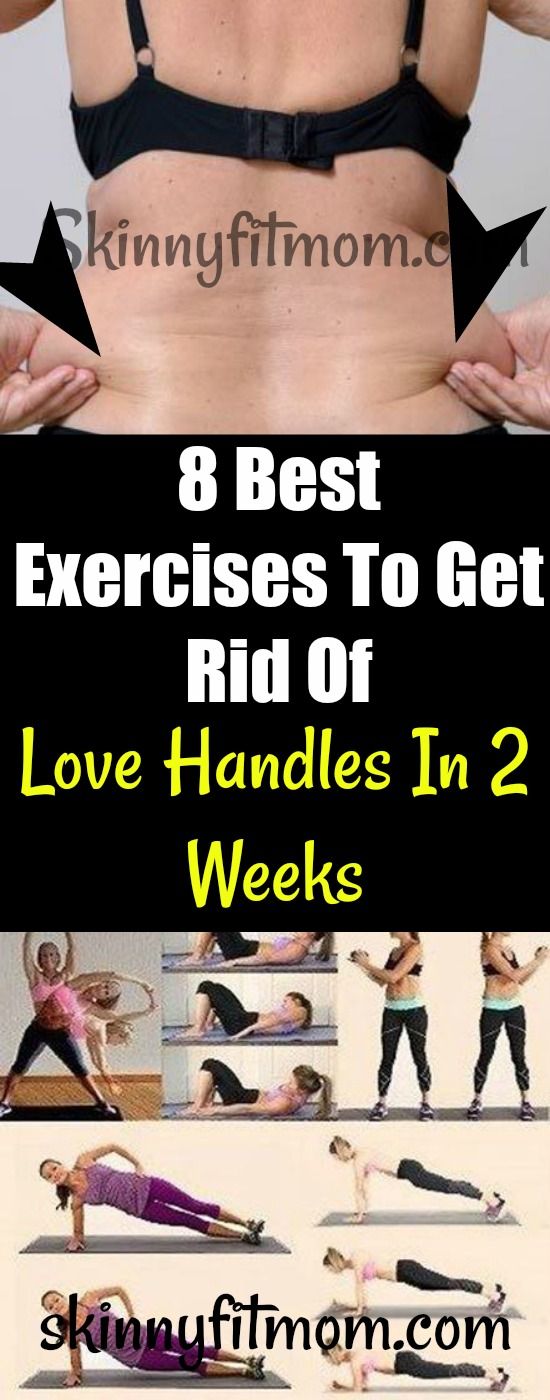
The principles of comfort go beyond underwear. The way you dress can be a step towards a newfound respect for your own body. However, we do not encourage you to become slaves of the fashion industry, rather, dress in the manner you are accustomed to. If you're used to wearing tailored suits, why stop doing it just because your body isn't where you currently want it to be? There is no need to be content with rags and bad clothes. There's nothing wrong with wearing faded jeans and shirts a few sizes too big if you're used to it and comfortable with it. However, if you prefer to wear dressy pants and a sporty blazer, and then switch to faded jeans, it can affect your sense of self and your body. In this matter, it is worth showing consistency. Too often, weight loss programs have pushed you to "get rid of 'thick clothes'." Otherwise, they warned, you invite bad luck. However, following this authoritative judgment, you condemned yourself to inconvenience and increasing telophobia. No, dress your body as it is here and now. May you be comfortable.
We have found that the majority of our clients who weigh themselves frequently find it difficult to get along with their current bodies. They are too concerned with numbers. Our advice: stop weighing yourself. Remember, the scale is the tool of the chronic dieter.
Also beware of a tight pair of jeans as a substitute for weights and a body assessment tool. By clinging to a piece of cloth and measuring yourself daily or weekly, you undermine your self-esteem and respect for your body.
Jamie, a young public relations accountant, was doing very well with intuitive eating. She dropped diets, honored her hunger, respected satiety, and so on. Jamie also got rid of the scales. But she began to evaluate her progress, trying to fit into a tight miniskirt. Every time she tried on her skirt, she got mad at herself. The skirt seemed to say: “You haven’t advanced enough.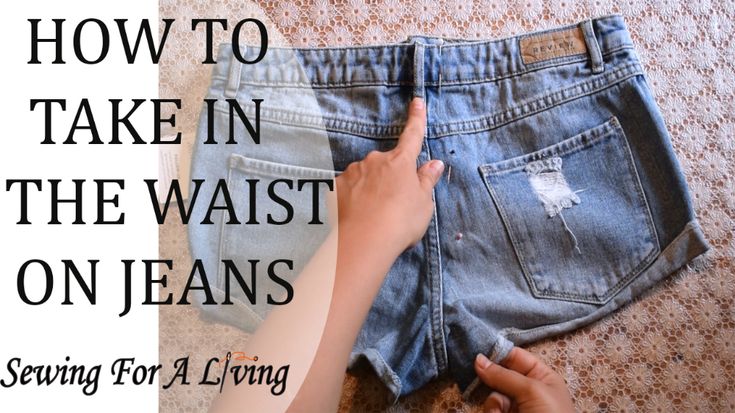 You need to lose weight." Soon, Jamie got rid of both the skirt and the anger at her own body. Even a slender person is uncomfortable in too tight pants.
You need to lose weight." Soon, Jamie got rid of both the skirt and the anger at her own body. Even a slender person is uncomfortable in too tight pants.
Stop playing body check. Most of our clients are embarrassed to admit it, but when they enter a room where there are other people, they silently play body check. The body matching game revolves around one theme: how is my body compared to the rest? You may have played this game too (and didn't even realize it).
• Am I the biggest here?
• Who has the best body?
• How is my body compared to others?
This game can be dangerous, especially if played with strangers.
We had clients who were envious and admired other people's bodies. “Oh, I would like her body. She must be working hard every day. Look what she eats - only fat-free foods. I could do that too. Something is wrong with me. We have to try harder." These are big misconceptions. You don't know how the other got to his current physical shape.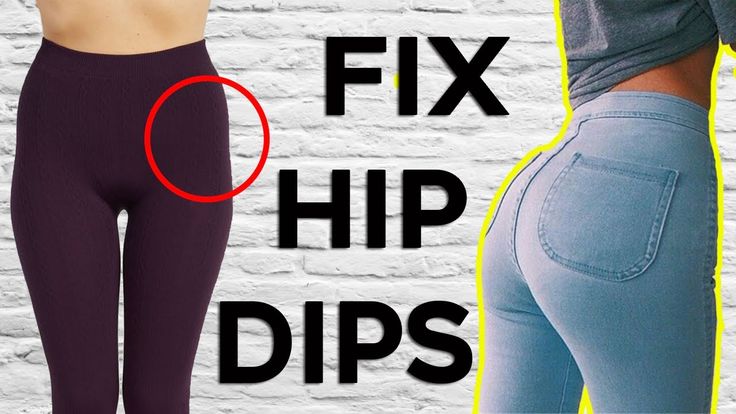 You may not be in the right field at all. You don't know if a person is actually eating! The person may have had surgery (such as liposuction), may be suffering from eating disorders, may have just been on a fast diet with immediate results, and so on. You can not judge the shape of the body and decide that the owner "deserved" it. Maybe he's just pretending. The one you admire may also be unhappy in his body! Or just naturally thin - without any effort.
You may not be in the right field at all. You don't know if a person is actually eating! The person may have had surgery (such as liposuction), may be suffering from eating disorders, may have just been on a fast diet with immediate results, and so on. You can not judge the shape of the body and decide that the owner "deserved" it. Maybe he's just pretending. The one you admire may also be unhappy in his body! Or just naturally thin - without any effort.
In one session, Kate told how she went to a party and what a beautiful body one woman had there. Kate thought she could achieve the same results if she tried harder. What she didn't know, however, was that this party acquaintance was my bulimic client! (Of course, Kate will never know this from me due to strict confidentiality regarding patients.) Kate admired a woman with eating disorders who struggled to cope with them. The bottom line is you never know for sure. Even if it's a friend or relative, you still don't know. We have worked with clients whose own spouses and roommates had no idea that they had eating disorders.
We have worked with clients whose own spouses and roommates had no idea that they had eating disorders.
Body matching game leads to more dieting and body dissatisfaction. As an illustration, let us cite the case of dueling dieters.
Both Sheila and Cassie did their time on diets, silently competing in a game of body reconciliation. The change began when Sheila became an intuitive eater. In six months, she achieved significant results, albeit slowly. Luckily, Sheila accepted the process and was doing well. Meanwhile, her neighbor Cassie has just finished her next hard diet. Cassie was proud of her weight loss and showed off her body in every possible way. Sheila wanted her body to change too.
That evening, Sheila and Cassie went out to dinner with their husbands together. Sheila ate what she wanted, enjoyed her dinner, left some food on her plate, and was generally satisfied. Meanwhile, Cassie was pecking proudly like a bird, proud of her body, and bragging about how easy her current diet was.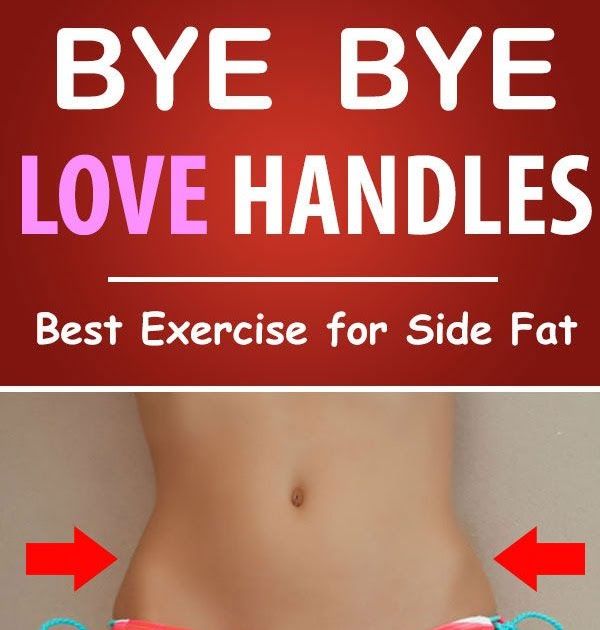 Sheila felt like a glutton next to Cassie. But she continued to listen to her intuitive eater's voice telling her to respect her own body, that her body deserved to be fed, and to be patient. The voice gently reminded her that Cassie was on her way to dietary destruction—the weight loss euphoria would not last long. Sheila herself knew this very well from her former life as a dieter.
Sheila felt like a glutton next to Cassie. But she continued to listen to her intuitive eater's voice telling her to respect her own body, that her body deserved to be fed, and to be patient. The voice gently reminded her that Cassie was on her way to dietary destruction—the weight loss euphoria would not last long. Sheila herself knew this very well from her former life as a dieter.
The secret body contest between Sheila and Cassie made Sheila feel inferior in terms of her own body and progress. Nevertheless, she continued the journey of the intuitive eater. A month later, Cassie gained back all her pounds. A year later, Sheila returned to her natural weight, and Cassie was on a diet again. But Sheila was very close to returning to the diet because she was playing body reconciliation.
Do not compromise for the sake of an important event, whether it is a meeting of classmates or a wedding. Naturally, we want to look our best for the occasion. This is an easy form of body reconciliation.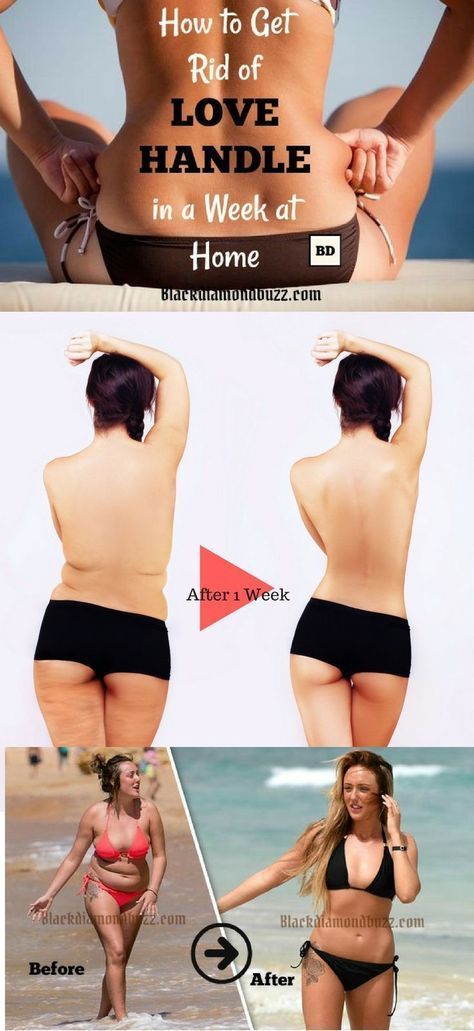 If you succumb to the “diet” pressure to squeeze into a full dress outfit, the backlash is agonizing. You will definitely have to make a new hole in the belt due to the pendulum effect.
If you succumb to the “diet” pressure to squeeze into a full dress outfit, the backlash is agonizing. You will definitely have to make a new hole in the belt due to the pendulum effect.
Remember: there will always be important occasions in life. One of our clients had to attend the Grammy Awards because her husband was nominated for the award. Of course, she wanted to look not just good, but stunning. However, it became clear that she would not be in ideal weight at this prestigious event. In desperation, she decided on a quick hunger strike to lose weight. We asked her: “When will the diet end?” There will always be an important bonus or event, a "legitimate" reason to diet. At that moment, she saw the future futility of hard diets launched by competitive body reconciliation. She chose to respect her current body. She adhered to the usual standards of dress and wore tailored outfits. This time, however, the outfit was sewn onto her body in the here and now. She did not have to squeeze into a dress and worry about every movement. She kept the rest - a stylish haircut, shiny accessories and so on. The only difference was that this time she felt comfortable, not awkward.
She kept the rest - a stylish haircut, shiny accessories and so on. The only difference was that this time she felt comfortable, not awkward.
It's too easy to succumb to dietary thinking if you convince yourself that the special occasion is worth the diet. The more you push yourself to achieve a certain body size, the more problems you are bound to create.
Jess always panicked about an important event, whether it was a wedding or an annual banquet at her firm where she was to give a welcoming speech. At first, she was worried about what to wear, which led to a frantic raid on the shops. Soon she was buying a stunning dress that was just a tiny bit small. Jess always shopped for her "future body" and not for what she had at that moment. But she knew that she would be able to "make weight" for the big day, just like a boxer puts on weight for a big fight. And the closer the big day got, the more nervous Jess got. She tried on her dress every day and cursed herself for not fitting into it.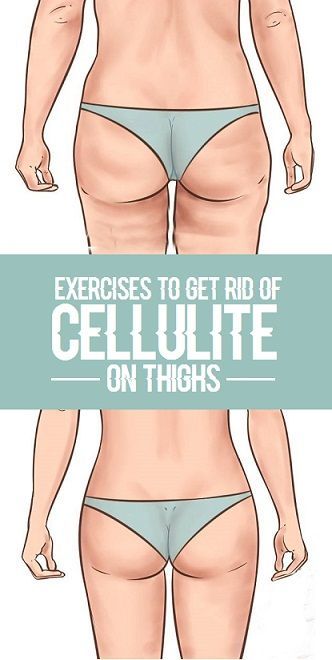 Then she started skipping meals. On the most important day, she allowed herself only a light breakfast. For the rest of the day, she refused food to look good and fit into a dress. Yes, the dress fit. But by the time the goal was reached, Jess was inevitably overeating (imperceptibly, of course) at the reception itself. Her body was starving and she told herself she deserved it. But by the end of the evening, her full stomach "reminded" her that she was too big. The whole event she was worried about her own body, instead of having a good time.
Then she started skipping meals. On the most important day, she allowed herself only a light breakfast. For the rest of the day, she refused food to look good and fit into a dress. Yes, the dress fit. But by the time the goal was reached, Jess was inevitably overeating (imperceptibly, of course) at the reception itself. Her body was starving and she told herself she deserved it. But by the end of the evening, her full stomach "reminded" her that she was too big. The whole event she was worried about her own body, instead of having a good time.
How much time and energy did you spend preparing your body for an important event? What if this energy is directed towards revealing your inner qualities, such as wit, intelligence or the ability to listen? What if you prepare for an event by thinking about ways to strike up an interesting conversation or meet new people? It will definitely be more fun!
Gladys almost missed her 20th year of high school because she was too big and had nothing to wear. She couldn't bear the thought of going shopping for a larger dress. Soon, however, Gladys decided to put her worries aside and go to the meeting. Instead of worrying about her body, Gladys focused on asking what her classmates had been up to all these years. She even danced all night with old friends. (But I haven't danced for many years!) The pleasure received from the meeting exceeded the wildest expectations. Gladys discovered her "old self" - a witty and charming person who loved to have fun and dance. Gladys' long-term secret war with her body only contributed to her isolation and did not allow her to indulge in her favorite activities. The sad irony is that she almost missed the meeting, considering her body unprepared for an important event.
She couldn't bear the thought of going shopping for a larger dress. Soon, however, Gladys decided to put her worries aside and go to the meeting. Instead of worrying about her body, Gladys focused on asking what her classmates had been up to all these years. She even danced all night with old friends. (But I haven't danced for many years!) The pleasure received from the meeting exceeded the wildest expectations. Gladys discovered her "old self" - a witty and charming person who loved to have fun and dance. Gladys' long-term secret war with her body only contributed to her isolation and did not allow her to indulge in her favorite activities. The sad irony is that she almost missed the meeting, considering her body unprepared for an important event.
It could have taken Gladys much longer to rediscover her wonderful self.
Stop criticizing your body. Every time you focus on the imperfect parts of your body, it causes even more shame and anxiety. It's hard to respect your own body when you're constantly berating yourself for not looking right. How often do you have these thoughts:
How often do you have these thoughts:
• "I hate my thighs";
• "My hands are too fat and flabby";
• "My ass is disgusting";
• "I hate my double chin";
• "My belly is huge"?
Many of our clients are surprised how often they manage to worsen the condition of their bodies in a day. How many times a day do you berate yourself for your body? Try to count. It's amazing how often we can be made to worry about our own body - a fleeting glance at the reflection in the window or in the mirror is enough. Each derogatory thought hammers another nail into the coffin of body dissatisfaction. This can develop into an attitude towards yourself as a whole.
Instead of focusing on what you don't like about your body, find those parts of the body that you enjoy or at least tolerate. Start simple. Perhaps you like eyes or a smile. We've had clients find only one body part they didn't dislike, such as the wrist or ankle.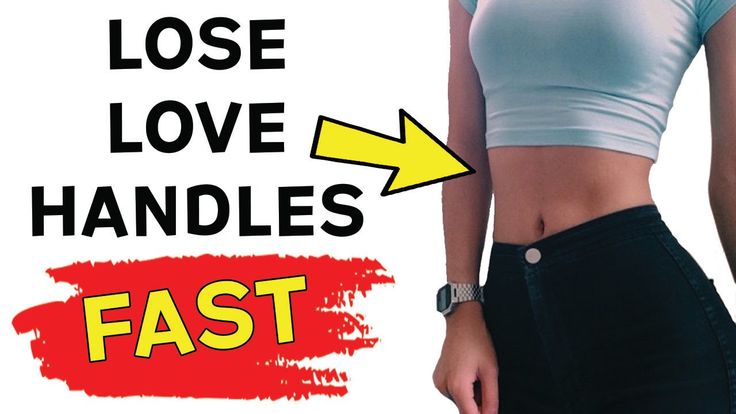 All is well, this is just the beginning. Every time you catch yourself in a body-blackening thought, disarm it. Replace it with a body thought that you will believe, such as "I like my smile."
All is well, this is just the beginning. Every time you catch yourself in a body-blackening thought, disarm it. Replace it with a body thought that you will believe, such as "I like my smile."
If you find it too hard to say that you "like" a part of your body, try respectful language.
Do not engage in "fat talk". Fat talk is a public form of body criticism in which you engage in conversations that humiliate your own body or other people's bodies. Research shows that avoiding this type of discussion helps reduce body dissatisfaction, diet cravings, and symptoms of eating disorders.
Respect bodily diversity, including your own. We are born in all shapes and sizes, but for some reason we expect that in the end everyone will be the same size that is convenient for everyone, long and thin. As long as we feed this cultural stereotype, societal norms are unlikely to shift towards a healthy acceptance of bodily diversity.
Obesity is made up of many factors, including genetics, activity levels, and diet. You cannot assume, for example, that if a person is fat, then he earned every ounce of his weight with a spoon in one hand and a fork in the other. Several studies have documented that obese people do not necessarily eat more than their slender counterparts. Yes, there are rampant eaters. Yes, there are those who move a little. But we cannot assume in advance that a person with a large body overeats and does not move. Many classic studies on twins have shown that genetics play a powerful role in determining physique.
You cannot assume, for example, that if a person is fat, then he earned every ounce of his weight with a spoon in one hand and a fork in the other. Several studies have documented that obese people do not necessarily eat more than their slender counterparts. Yes, there are rampant eaters. Yes, there are those who move a little. But we cannot assume in advance that a person with a large body overeats and does not move. Many classic studies on twins have shown that genetics play a powerful role in determining physique.
Obesity remains the last bastion where open prejudice exists. Someone calls it weightism, someone fatism - but under any name there is a prejudice towards people with a large body size. Today, racist insults are unthinkable, but insults about body size have nowhere to go. When you see a big person on the street, do you allow yourself condemnation or contempt? If you are so harsh with a stranger, how can you create a more welcoming environment for yourself? If you find it difficult to be kind and respectful of your own body, you might want to start with others.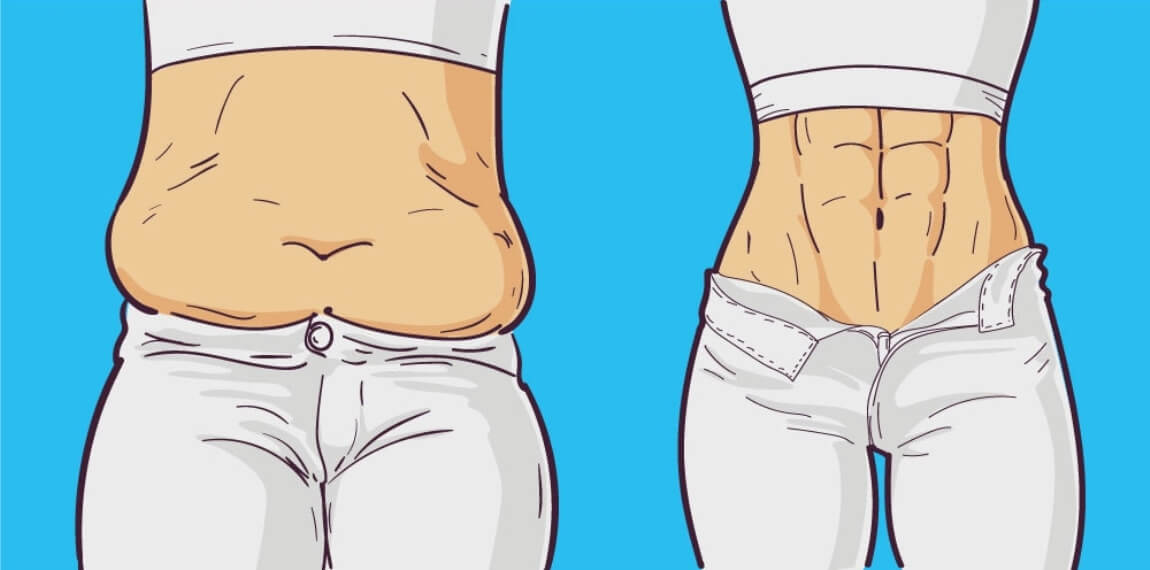
A scientific review by Yale University's Rudd Center for Food Policy and Obesity found that weight stereotypes have serious medical and psychological consequences (Poole, 2009; Rudd Report, 2009). Weight bias breeds shame, the impact of which creates an environment where an overweight person is more likely to delay seeking medical attention and seek preventive health services.
Beware of stereotyping of obese people. Remember that fat people are no more stupid, no less talented, no less fit, and no more gluttonous than thin people. Try to start with neutrality and empathy. Leave your bodily prejudices at the door.
Although we have spent a great deal of time (and words) respecting large bodies, it is important to recognize that some people are naturally endowed with a leaner body type, although they are in the minority. In the same way, we cannot assume that if someone is thin, then he necessarily suffers from an eating disorder or is obsessed with diets.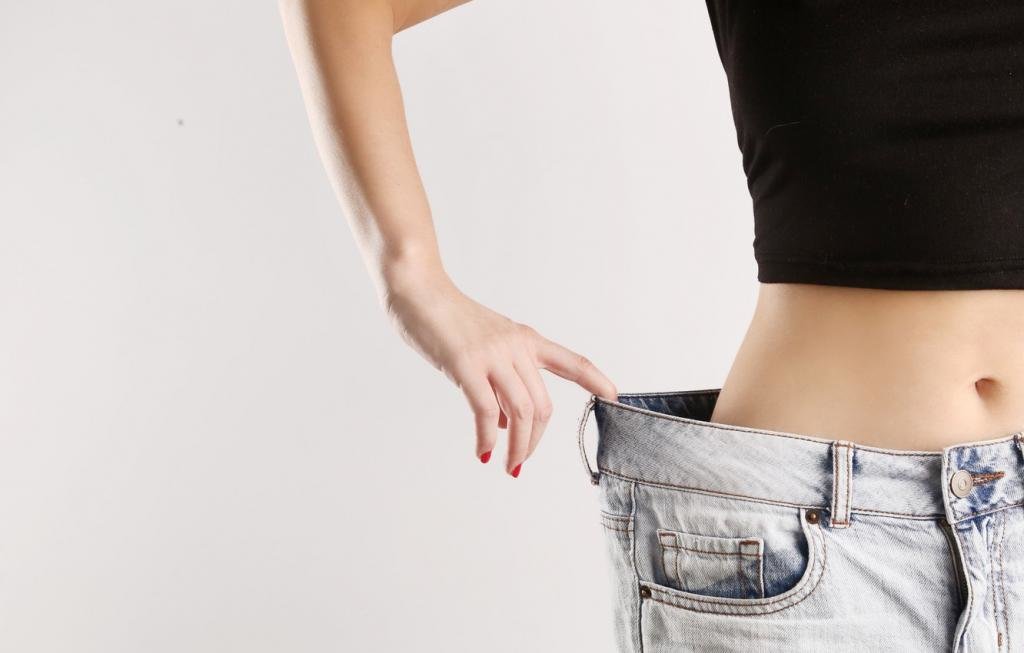 Be realistic.
Be realistic.
If maintaining or achieving weight requires living on rice cakes and water, sweating for hours at the gym, then this is a clear sign that your goal is unrealistic or you have an eating disorder. If your parents are very heavy, chances are you will never be skinny like a model.
Remember, genetics is a strong determinant of body size.
Do something nice for your body. Your body deserves to be nursed and caressed. Give yourself a massage as often as possible, even if it's fifteen minutes to knead your neck. Try the sauna or whirlpool baths. Buy luxuriously scented lotions and body creams. Take baths with foam, oils and salts. (Try doing this by candlelight and classical music!) By doing these things for your body, you show it your respect and desire to feel better.
One of the first questions we inevitably get asked is, can you help me lose weight? Oh, how much should I weigh? The answer varies from person to person, and no one can say what weight is ideal in any particular case.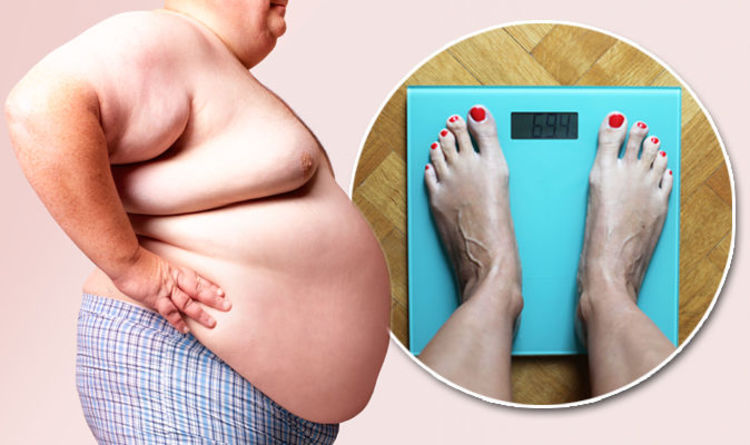
The 1990 edition of US Dietary Goals omits recommendations for Americans to achieve and maintain their ideal weight because no one knows the exact number!
In 2010, the Dietary Guidelines for Americans used body mass index (BMI), which is a ratio of weight for height, to define overweight categories. Initially, scientists created BMI as a tool to monitor large populations. But the BMI concept has been criticized because it didn't take into account muscle build. Muscle weighs more than fat. This is why many professional athletes have high BMI values, which puts them in the obese category when in fact they are thin.
Yale scientist and obesity specialist Kelly Brownell says that BMI is not particularly reliable - with any limitations (Brownell, 2006). Much more important than numbers is how to improve the health of the nation. If the factors needed to improve health can be changed, everyone will benefit, regardless of their BMI.
We agree. This is why, in particular, we use the concept of natural healthy weight. This is the weight your body will maintain with normal/intuitive eating and normal activity levels.
This is why, in particular, we use the concept of natural healthy weight. This is the weight your body will maintain with normal/intuitive eating and normal activity levels.
The problem with most people, in our opinion, is that their relationship with food is not normal due to years of dieting.
If you oscillate between periods of dieting and overeating, then most likely you are not at your natural healthy weight. If you've been coping with life's ups and downs with food, then you're also probably not at your natural healthy weight.
A recent study showed that the ideal image of the female body at 13-19% below expected weight. To this conclusion, a weight check of contenders for the title of Miss America and models from the spread of Playboy magazine led. In the years between 1959 and 1988, their weight and size have greatly decreased. This level of thinness intersects with one of the criteria for anorexia nervosa - body weight is 15% lower than expected. If the cultural ideal for women intersects with the criterion of an eating disorder, then American women are not only pursuing an unrealistic goal, but are being drawn into a potentially dangerous race.
If the cultural ideal for women intersects with the criterion of an eating disorder, then American women are not only pursuing an unrealistic goal, but are being drawn into a potentially dangerous race.
If you have a weight figure in your head from the days when you were on diets, then this sheds light on how much your body weight could decrease under the threat of blackmail - which is unrealistic. The more drastic weight loss methods are used, such as fasting, the less likely you are to achieve a healthy weight as a result of the diet.
Remember: Research shows that the actual process of losing, losing, or processing that same fifteen pounds is more damaging than body weight alone. Studies show that after a diet, you are guaranteed to gain even more weight than the one you started with, regardless of age.
One of the harshest facts our customers face is that their weight expectations are unrealistic.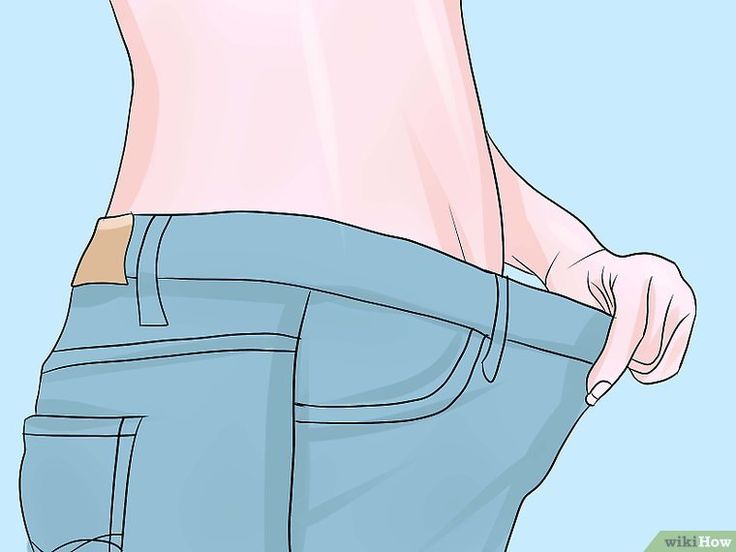 Our clients don't like to hear that. For some, the dream of a lifetime collapses. But we refuse to support an unattainable goal.
Our clients don't like to hear that. For some, the dream of a lifetime collapses. But we refuse to support an unattainable goal.
We will not help a person destroy metabolism and health. It's like serving a match to a smoker.
For example, Kathy, a 30-year-old actress, was told to lose weight by her agent. The woman had healthy eating habits, did not practice the emotional use of food and claimed to exercise for an hour daily. After a self-analysis session, it was concluded that Katie not only did not need to lose weight, but it would be harmful to her metabolism and psyche. Her weight corresponded to her height, although it was higher than society's expectations. She listened to the verdict with genuine relief. She decided to change her agent and look for a job until she was accepted for who she is - a healthy person.
Many of our clients discover in hindsight that if they accepted their original weight, which was the reason for the first diet, they would be happy today with this weight! Instead, they dieted themselves to a large size. How often do we hear: “If only I knew then what I know now! I thought I was fat in high school, now I'm ready to kill to weigh that much.
How often do we hear: “If only I knew then what I know now! I thought I was fat in high school, now I'm ready to kill to weigh that much.
You may need to mourn a lost body that you never had or never will have and appreciate what it means to you.
What price did you pay (energy, time, emotional involvement) by following diet after diet in pursuit of your dream body? By saying goodbye to fantasy, you open the door to reconciliation not only with your body, but also with other facets of your life.
"Friends stop friends from having fat talk" is the slogan of Fat Talk Free Week, a national campaign to end negative body talk and ultimately prevent eating disorders. Examples of "fat talk" are: "I'm too fat to go anywhere", "I can't eat this cookie - it will make me fat" or "You look so good, have you lost weight?".
"A Week Without Fat Talk" challenges the unrealistic ideal of female thinness and builds on the work of Eric Stice's research group at the Oregon Research Institute (2009).
"Fat talk" sneaks into everyday conversation unnoticed and feeds body dissatisfaction.
Stice's team created an effective method that has shown impressive results on women - from teenagers to students - in the form of a significant reduction:
• body dissatisfaction;
• trying to lose weight;
• symptoms of eating disorders.
Remarkably, the risk of developing eating disorders was reduced by 60%. Interestingly, the effect was achieved with a relatively short intervention lasting only three to four hours! What is particularly inspiring is that the effect seems to be long lasting (three years of tracking).
Why is this method so effective?
Attribute this to cognitive dissonance. Cognitive dissonance is a feeling of discomfort that occurs when two conflicting beliefs collide in a person, or when a belief is not consistent with the person's actions. When there is an inconsistency between behavior and belief, something must change to remove or reduce the dissonance.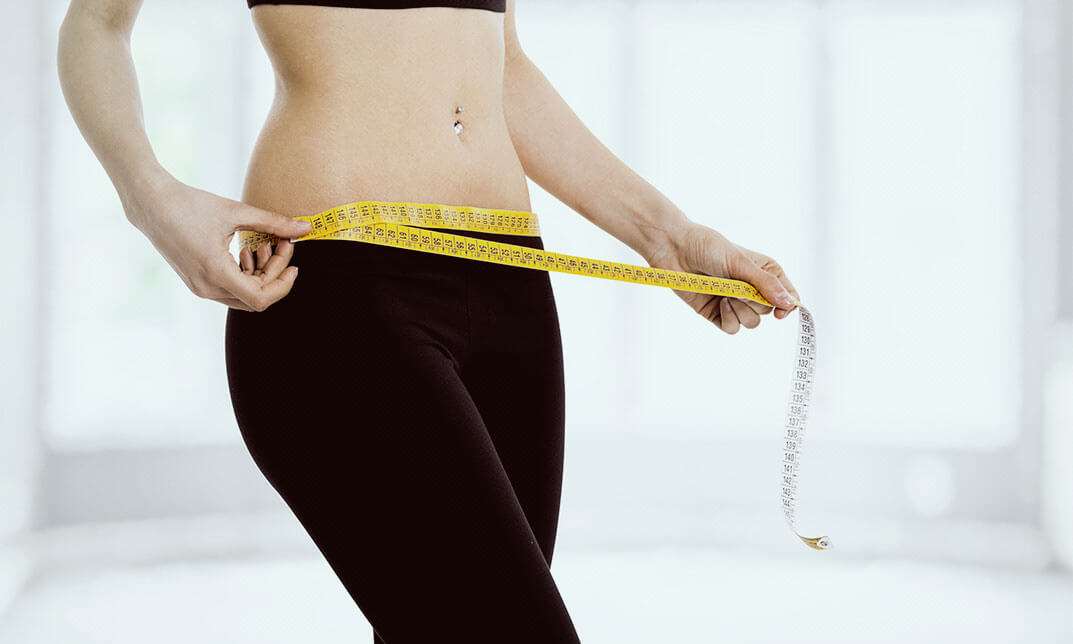
Stice's team developed several types of activities to create cognitive dissonance associated with body dissatisfaction and body image acceptance. The activity consisted of written, oral, and behavioral exercises delivered in four weekly group sessions called The Body Project.
"Health in all dimensions" (HWS) is a concept accepted in many different disciplines. Its focus is on health, not on how much a person weighs. GVR promotes healthy behavior for everyone, regardless of size (Bacon and Aframore, 2011).
Unfortunately, the weight-obsessed war on obesity has greatly affected food and body preoccupation, weight gain and loss (pendulum effect), distraction from other personal health goals, reduced self-esteem, eating disorders and prejudice and discrimination based on weight. In 2011, the Achievement Foundation[4] conducted a body image monitoring. His findings were the starting point of a scientifically backed campaign in the United Kingdom to improve body image and prevent eating disorders. The review found the following:
The review found the following:
• 30% of women say they would give at least a year of their lives to achieve their ideal weight and shape;
• 46% of women have experienced ridicule and harassment because of their appearance.
ZVR encourages the following (which is compatible with intuitive eating):
• accepting and respecting the natural diversity of body size and shape;
• a flexible relationship with food that values pleasure and respects internal signals of hunger and satiety;
• getting pleasure from the movements of one's own body and increasing physical activity.
Recent studies show that the use of the SVR approach is associated with statistically and clinically documented health improvements, including positive changes in blood pressure, blood lipids, motor activity, and body image. There was also a reduction in metabolic risk factors and eating disorders. Remarkably, no study found contrary changes.